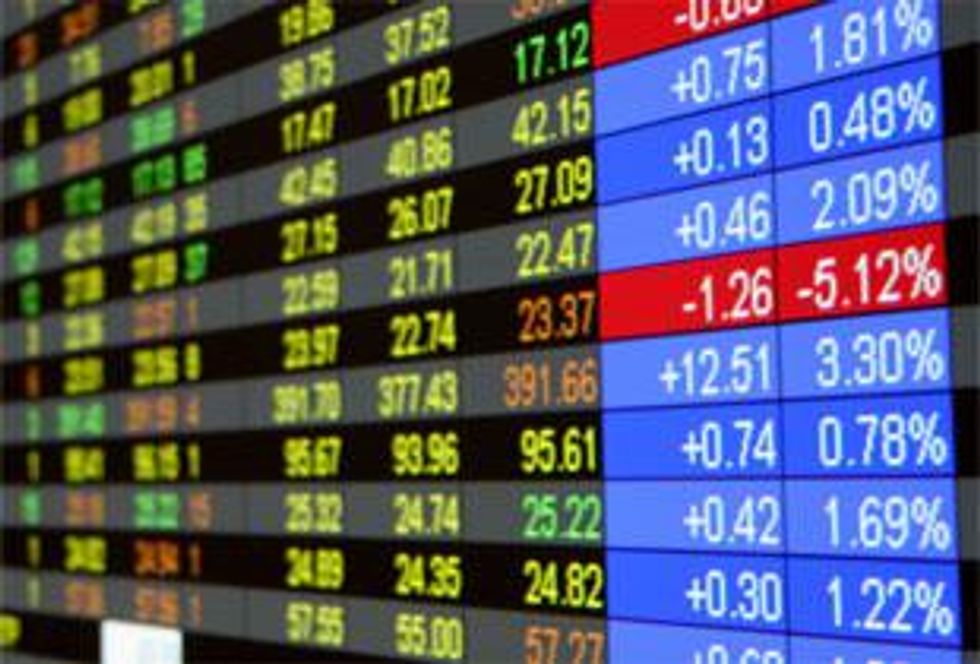During a high level economic meeting in Beijing, Japanese government and business leaders asked for changes to the Chinese rare earth export quotas. The request fell on deaf ears.
By Michael Montgomery—Exclusive to Rare Earth Investing News
Japanese industry leaders and government officials have been urging the Chinese government to eliminate the cut backs to export quotas for rare earth oxides. The Japanese industry minister asked his Chinese counterpart to reverse the quota during a “Japan-China high-level economic dialogue” in Beijing. The request fell on deaf ears.The Chinese ministers cite a few reasons behind the cuts to exports of the metals. Environmental degradation is the one most used, as the extraction of the various elements involves a rather deleterious chemical process. After years of producing the metals at a great cost to their environments, the nation has decided to cut back on the extraction of the minerals and begin a cleanup of mining sites.
The second concern is price. The Chinese were able to undercut all other mining operations worldwide because of a lack of environmental concerns that the west has had for quite sometime. The low price of the oxides they could produce put operations in the United States out of business. Now, Chinese domestic producers of the metals want some rewards. “A high-ranking official of a local government (in China) is complaining that their prices are like those of radishes or Chinese cabbages,” stated Tatsuo Kotoyori, for Asahi. The price for cerium, used in LCD displays, has risen sharply to between $40 and $50 per kilogram up from a mere $5 to $6 just a year ago.
The third concern is China’s use of its own natural resources. An estimated two-thirds of the nation’s rare earth production is used domestically. As China’s population becomes wealthier, its appetite for many of the high tech products which utilize rare earths grows as well. The Chinese also have the desire to transform their economy. The low wage, low-tech manufacturing based economy no longer fits into the plan. A high wage-earning, high-tech economy is driving the domestic hoarding of the materials need to produce such products.
“With China seeking to shift its industry to the manufacture of higher-value goods needed for a green industrial transformation, it will increasingly require the lion’s share of its own rare-earth production to satisfy domestic demand,” stated Reinhard Butikofer, for the New York Times.
By controlling the resources vital to a technological world, the Chinese are in the driver seat for their own future. China’s top rare earth producer, Inner Mongolia Baotou Steel Rare-Earth, is reported to be building a stockpile of REO’s to feed domestic consumption in the years ahead. The strategy will be to produce green-tech products that fetch a higher net value than the consumer electronics currently being produced, raising the standard of living for the average Chinese worker.
Rare Earth Company News
Shares of Molycorp (NYSE:MCP) after a disappointing IPO have been steadily rising as the company moves out of the “quiet period,” the forty days after an initial public offering in which underwriters and insiders are prohibited from releasing any company information. The stock has risen 23 percent since its opening, and closed on Wednesday the 8th at $21.89. JP Morgan Chase has initiated coverage on the company this week. The company’s Mountain Pass mine will be fully operational in 2013.
Ucore Rare Metals Inc. (CVE:UCU) reported that a team from the United States Geological Survey (USGS) is studying the company’s Bokan Mountain Heavy Rare Earth project in Southeast Alaska. In 2009, the USGS awarded a grant to study the area thought to be one of the most significant rare earth claims in the US. The two metals of most importance are dysprosium and terbium.
“The USGS has now sent a team of geoscientists to Bokan for the purpose of advancing the U.S. government’s understanding of the area’s unique Heavy Rare Earth (HREE) mineralogy, believed to be the largest historically documented HREE deposit in the United States,” stated the press release.
The involvement of the USGS shows the increasing awareness of the US government to the importance of rare earth oxides not only for national security, but also as a catalyst for economic growth in the future.
